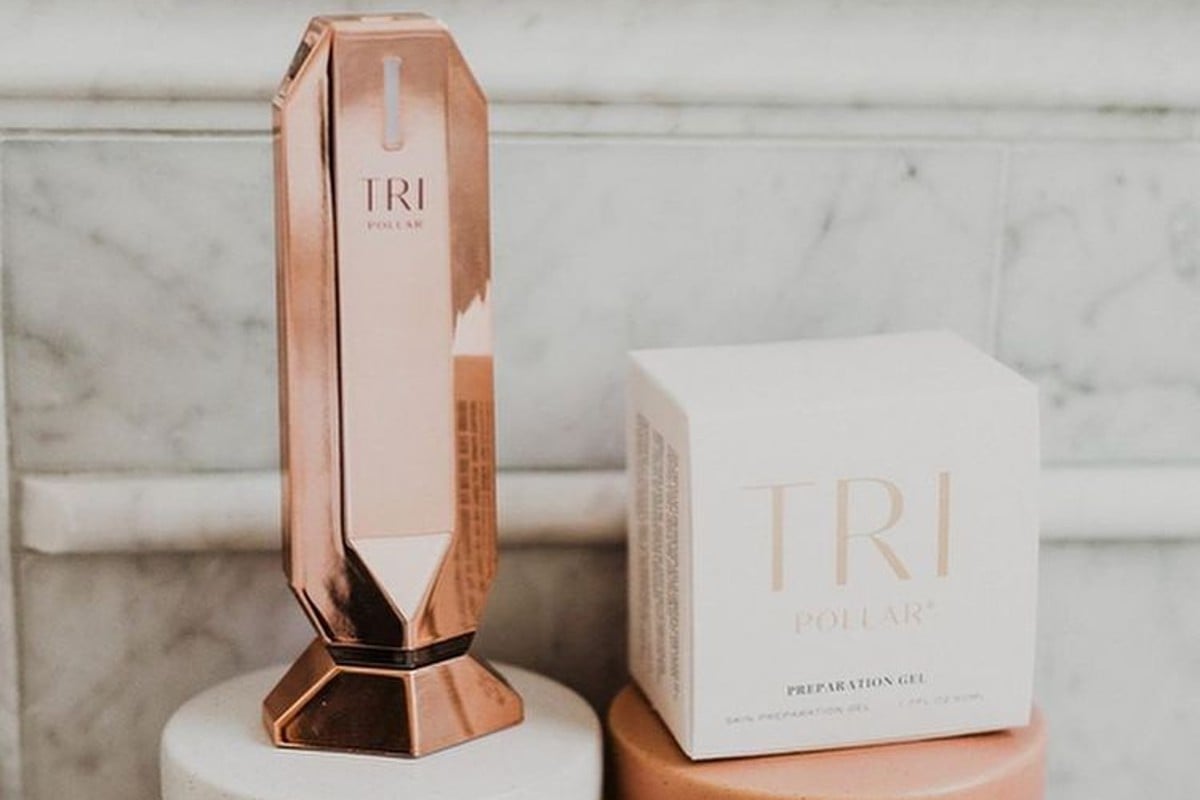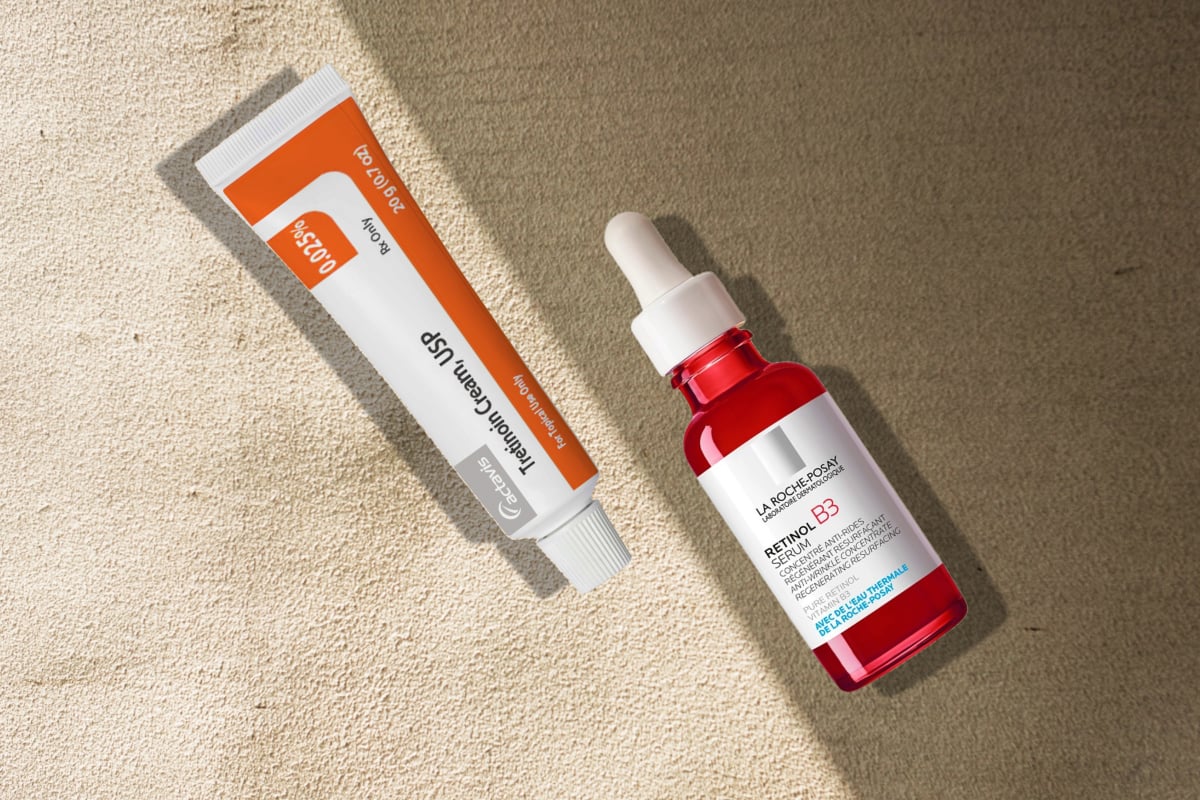Before the age of complex serums, our ancestors turned to the power of natural ingredients to give their skin a touch of hydration. Squalane is one of those ingredients that has stood the test of time. It has a unique molecular structure that mirrors our skin’s natural sebum, which is why squalane isn’t just another fleeting trend but a beauty mainstay. Read on as we take a closer look at how squalane works and what makes it a timeless choice for skincare enthusiasts. We shifted to clinical studies to learn everything about it and how to use it for maximum benefits.
What is squalane?
Squalane is a saturated and stable hydrocarbon derived from squalene, a component naturally found in human sebum and various plant sources. In skincare, it serves as a highly effective emollient and moisturizer that mimics the skin’s natural oils. It offers just the right amount of hydration without clogging pores or causing irritation or breakouts.
Sources of squalane
Historically, squalane was sourced from shark liver oil, where it’s present in high amounts. However, due to environmental concerns and sustainability issues, this practice has been largely abandoned in the cosmetic industry. Today, squalane is predominantly derived from plant sources, particularly olives, sugarcane, rice bran, and wheat germ.
How does squalane benefit your skin?
- Seals moisture into the skin: As an emollient, squalane coats the skin and acts as a seal to reduce moisture loss. It can be particularly effective in the winter months, where the skin tends to lose more moisture due to the low air humidity.
- Relieves dryness: Squalane mimics sebum, and low sebum levels are the primary cause of dryness. Thus, applying squalane regularly can relieve dry skin.
- Diminishes fine lines and wrinkles: Due to its emollient properties, squalane makes fine lines less noticeable while giving your complexion a plump look.
- Enhances skin repair: Squalane’s molecular structure mirrors our skin’s protective lipids, facilitating the skin’s barrier repair process.
- Eases inflammation: Squalane is a gentle compound with anti-inflammatory properties that can calm redness, irritation, inflammation, swelling, and anything in between. This makes it beneficial for conditions like eczema and rosacea.
- Balances sebum production: Because it imitates sebum, squalane can “trick” the sebaceous glands into producing less sebum.
- Non-Comedogenic: Unlike some other oils, squalane won’t clog pores, making it suitable for all skins, including oily and acne-prone.
- Antioxidant: Squalane has antioxidant properties that can fight off skin-damaging free radicals that contribute to the aging process.
- Biocompatible: Squalane mimics natural skin oils and is easily absorbed, making it compatible with the skin’s natural biochemistry.
Squalane vs. squalene
You’ll often come across two terms: squalane and squalene. But what is the difference between the two? Think of squalene as the raw, untamed version that’s super reactive. It’s naturally produced in our skin by the sebaceous glands and found in natural sources like shark liver and some plant oils.[1] However, it’s too unstable to put in a jar of face cream because it goes bad quickly. Now, squalane is a hydrogenated, stabilized version of squalene. It’s squalene modified to make it stable and long-lasting, so you get all the good benefits without the fuss.
Is squalane safe?
Squalane is a gentle compound that is generally well tolerated by most and doesn’t cause problematic side effects. It’s non-comedogenic, which means it won’t clog your pores. This makes it a safe bet for oily and acne-prone skin, as well as dry, sensitive, and mature skin.
However, if your squalane-infused product triggers a skin reaction, you should consider talking to your dermatologist to check whether squalane or other ingredients in the product do not agree with your skin.
Is squalane an oil?
Technically, squalane is not an oil in the traditional sense, but it’s easy to see why most people think it is. Oils are generally composed of fatty acids, whereas squalane is a hydrocarbon. That said, squalane mimics the properties of natural oils so well that it’s considered an “oil” in the skincare world. The texture, feel, and moisturizing properties of squalane are incredibly similar to some natural oils, which is probably why it’s often lumped into that category. It’s lightweight, sinks into the skin easily, and doesn’t leave a greasy residue.[2] Plus, it’s non-comedogenic, meaning it won’t clog your pores. So, while squalane is not an “oil” in the strictest scientific sense, its behavior and benefits align closely with what you’d expect from a moisturizing and soothing facial oil.
How to use squalane
Squalane is added to a plethora of products that cover all skincare essentials. However, so that your skin gets most of the benefits, you should consider using it on its own as part of your daily routine.
How to apply pure squalane oil on your skin
- Cleanse your skin with a gentle face wash and lukewarm water
- Apply water-based serum
- Layer squalane oil
- Apply moisturizer to seal squalane into the skin
- Use sunscreen with at least 30 SPF in the morning
Related: 9 Best Squalane Skincare Products
What to pair with squalane
Squalane is like the best friend your skincare routine didn’t know it needed, playing nicely with the most potent actives out there.
For instance, a 2020 study showed that a cream containing vitamin C and squalane increased the thickness of the skin’s outer layer and showed a preference for promoting collagen III production—the protein that gives your skin resilience and elasticity.[3] The study highlighted that vitamin C alone has difficulty penetrating the skin’s outer layer, making it less effective when applied directly. Squalene is a natural lipid that’s already present in the skin. When vitamin C is chemically attached to squalene, the resulting compound can penetrate the skin more easily.
Moreover, you can use squalane with retinol to reduce the possible side effects of retinoids. Layering squalane before retinol creates a barrier that doesn’t allow the skin to have direct contact with retinol, which is especially good for sensitive complexions that can’t tolerate retinoids.
Squalane’s compatibility
| Ingredient | Compatible With Squalane? | Benefits | Best For | Side Effects |
| Hyaluronic Acid | Yes | Enhanced hydration and moisture retention | All, especially dry | Rare; possible irritation |
| Retinol | Yes | Anti-aging and hydrating | Mature, acne-prone | Dryness, irritation |
| Vitamin C | Yes | Brightening and hydrating | Dull, mature | Sensitivity if too high concentration |
| Niacinamide | Yes | Sebum control, anti-aging, and hydrating | Oily, mature, acne-prone | Rare; possible irritation |
| AHA/BHA (Acids) | Yes | Exfoliation and hydration | Oily, acne-prone | Dryness, irritation, sun sensitivity |
| Peptides | Yes | Anti-aging and hydrating | Mature | Rare; possible irritation |
| Ceramides | Yes | Barrier repair and hydration | Dry, sensitive | Rare; possible irritation |
| Benzoyl Peroxide | Generally Yes | Acne treatment and hydration | Acne-prone | Dryness, peeling, irritation |
| Azelaic Acid | Yes | Anti-acne, brightening, and hydrating | Acne-prone, rosacea-prone | Possible tingling, burning |
| Salicylic Acid | Yes | Anti-acne and hydrating | Oily, acne-prone | Dryness, peeling, sun sensitivity |
| Mineral Sunscreen | Yes | Sun protection and hydration | All | Rare; possible white cast |
| Chemical Sunscreen | Yes | Sun protection and hydration | All except sensitive | Possible irritation, allergic reactions |
Sources
Women’s Concepts uses reliable sources, including dermatologists’ insights, clinical trials, and scientific journals, to find accurate information and support all the facts shared in our articles. All statements and claims have clear and legit references. Read our editorial policy to learn more about our sources of information, our process of researching and fact-checking the content, and how our team strives to keep all articles updated, completed, and trustworthy.
- Picardo M, Ottaviani M, Camera E, Mastrofrancesco A. Sebaceous gland lipids. Dermatoendocrinol. 2009 Mar;1(2):68-71. doi: 10.4161/derm.1.2.8472. PMID: 20224686; PMCID: PMC2835893.
- Sethi A, Kaur T, Malhotra SK, Gambhir ML. Moisturizers: The Slippery Road. Indian J Dermatol. 2016 May-Jun;61(3):279-87. doi: 10.4103/0019-5154.182427. PMID: 27293248; PMCID: PMC4885180.
- Gref, R., Deloménie, C., Maksimenko, A. et al. Vitamin C–squalene bioconjugate promotes epidermal thickening and collagen production in human skin. Sci Rep 10, 16883 (2020). https://doi.org/10.1038/s41598-020-72704-1




![Does resveratrol in red wine benefit your skin? While sipping on a glass of red wine can be a delightful experience, relying on it for skincare benefits is not the best idea. Sure, red wine contains a smidge of resveratrol, but let's put things into perspective. The concentration of resveratrol in red wine is relatively low. Red wines, specifically Pinot noir from France, typically contain 0.361-1.972 mg of resveratrol per liter.[8] To hit that reference dose of 500mg of resveratrol, you'd need to drink a lot of wine. We're talking about downing anywhere from 100 to 1000 glasses per day. It's a scene straight out of a wine lover's wildest dreams, but definitely not the healthiest approach. Resveratrol Benefits for Skin](https://womensconcepts.com/wp-content/uploads/2022/03/Resveratrol-Benefits-for-Skin.jpg)
